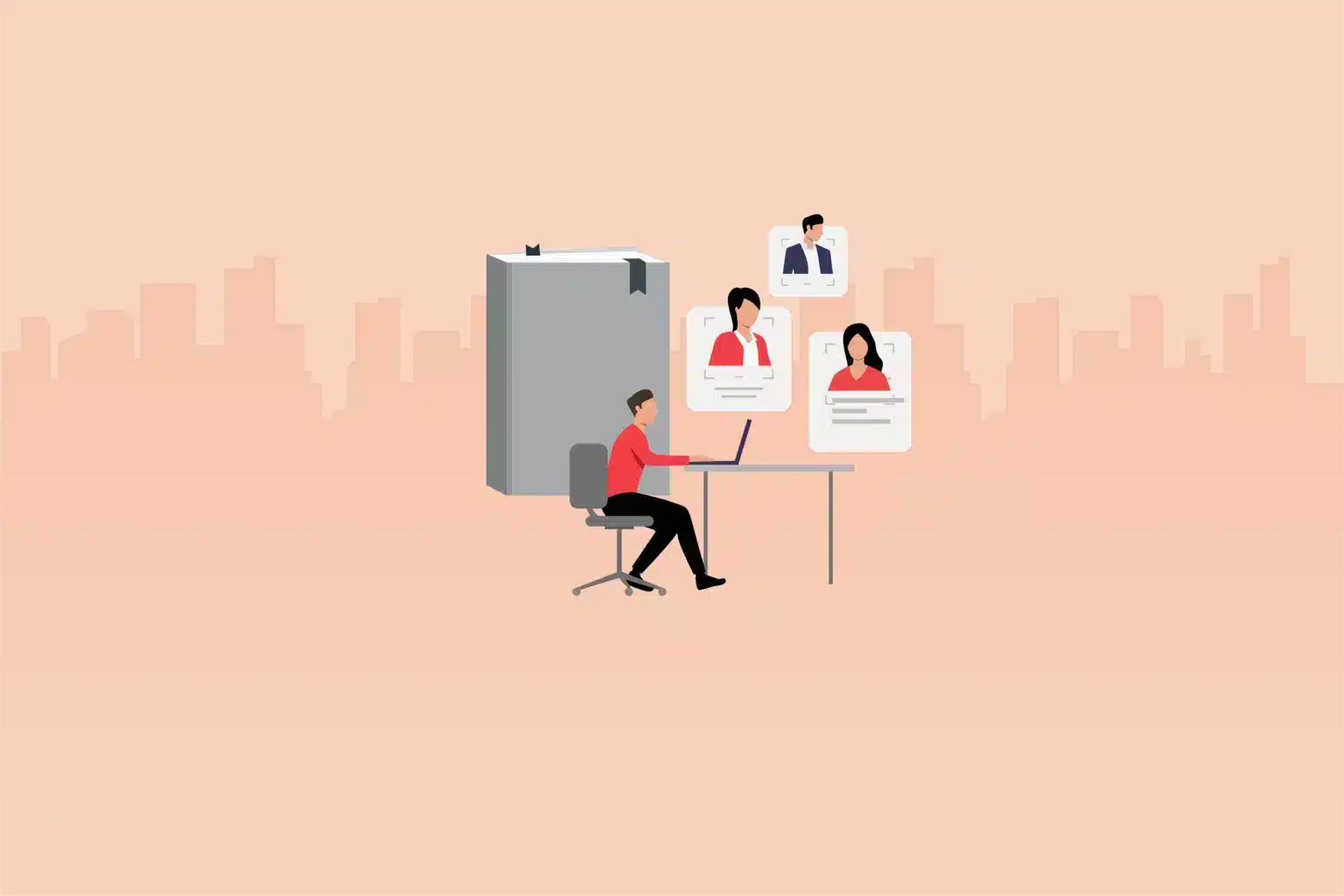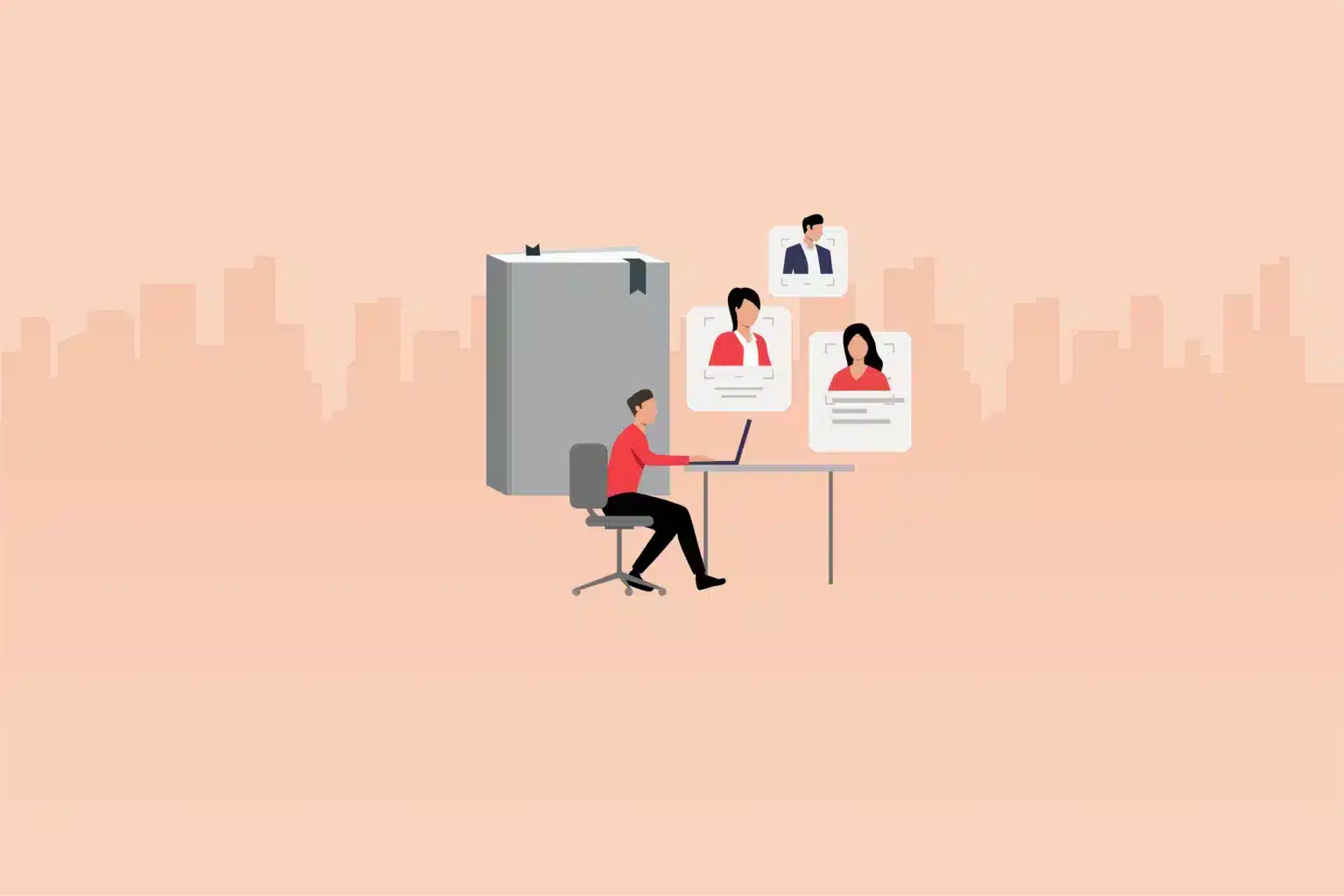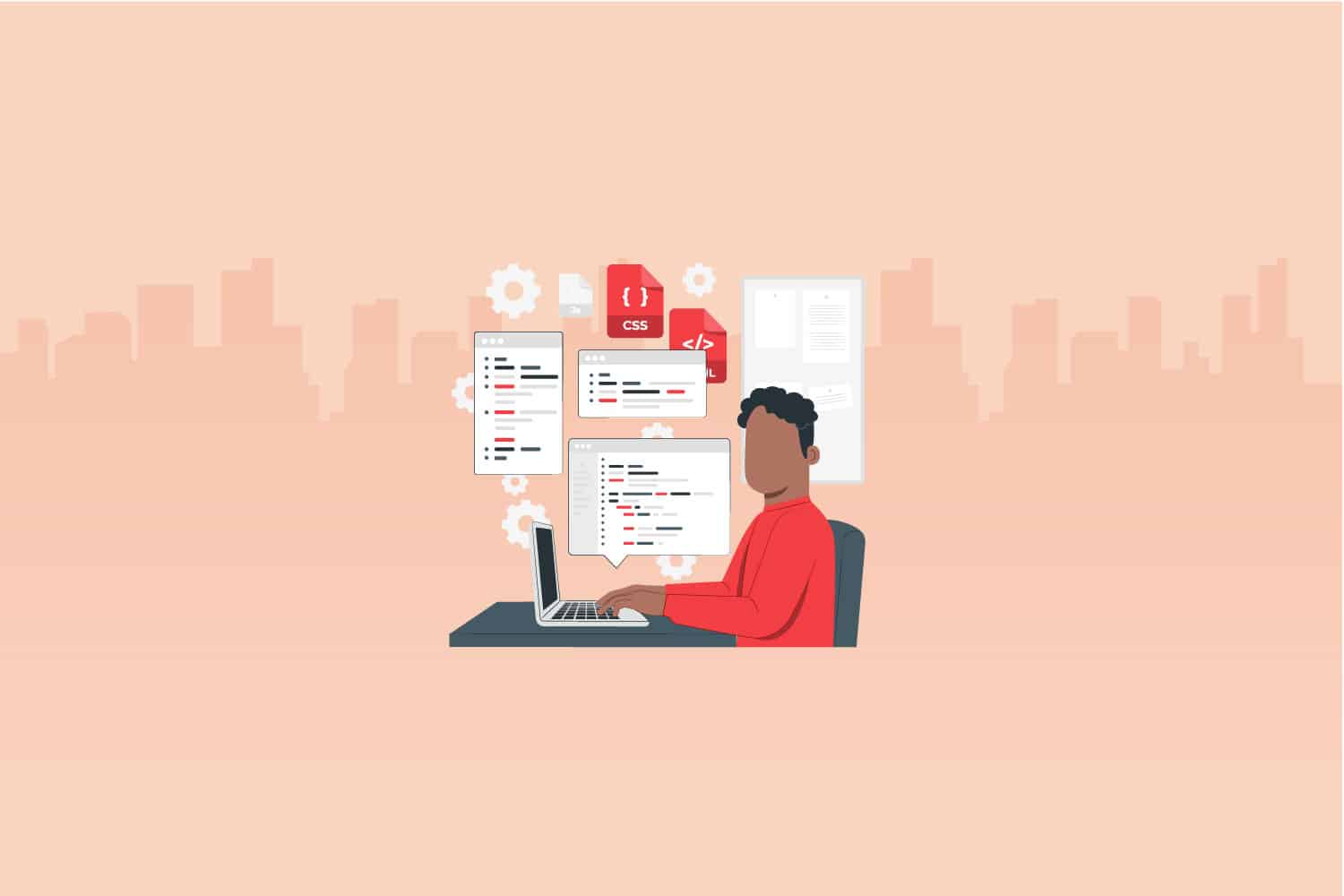As technology continues to shape the modern world, the demand for skilled full-stack developers remains high. These versatile professionals possess a deep understanding of both front-end and back-end technologies, making them invaluable assets to any tech team.
However, finding the right full-stack developer can be a daunting task for recruiters. To ensure you make the right hire, it’s crucial to have an effective screening process in place.
In this comprehensive guide, we’ll walk you through the essential steps and strategies to screen candidates for full-stack developer roles successfully.
The importance of effective screening
Before delving into the specifics of screening candidates for full-stack developer positions, it’s essential to understand why a rigorous screening process is so crucial. The reasons are manifold:
Competitive Landscape: The tech industry is highly competitive, and the best full-stack developers are in high demand. An efficient screening process can help you identify top talent quickly, reducing the risk of losing them to other opportunities.
Resource Efficiency: Screening candidates effectively saves time and resources in the long run. A thorough screening process helps you filter out unqualified candidates early in the hiring process, preventing wasted hours on interviews and assessments.
Reduced Turnover: By hiring candidates with the right skills and cultural fit, you decrease the likelihood of high turnover rates. This, in turn, saves the organization money and maintains team stability.
Quality Deliverables: Full-stack developers play a pivotal role in product development. An adept developer can significantly impact the quality and timeliness of deliverables. Proper screening ensures you select candidates capable of delivering top-notch work.
Understanding the role of a full stack developer
To effectively screen candidates for full-stack developer positions, it’s essential to have a clear understanding of the role they will play within your organization. A full-stack developer is responsible for both front-end and back-end development tasks, bridging the gap between design and server-side programming. Here are some key responsibilities:
Front-End Development: Full-stack developers should be proficient in front-end technologies such as HTML, CSS, and JavaScript. They should be capable of creating user-friendly and responsive interfaces that deliver an excellent user experience.
Back-End Development: Candidates should possess expertise in back-end technologies like server-side scripting, databases, and server management. Proficiency in languages like Python, Ruby, Java, or Node.js is often required.
Database Management: A strong understanding of database design, optimization, and management is vital. SQL and NoSQL databases are commonly used in full-stack development.
Frameworks and Libraries: Familiarity with popular frameworks and libraries is essential. For example, candidates may need to be well-versed in React or Angular for front-end development and Express.js or Django for back-end work.
Version Control: Proficiency in using version control systems like Git is crucial for collaboration and code management.
Problem-Solving Skills: Full-stack developers should excel in problem-solving and debugging. They must be capable of identifying and resolving issues on both the front and back ends.
Continuous Learning: Given the rapidly evolving tech landscape, a willingness to learn and adapt to new technologies is a valuable trait in full-stack developers.

Building a comprehensive screening process
Now that you have a clear understanding of the full-stack developer role, let’s outline a comprehensive screening process to help you identify the best candidates:
Review resumes and portfolios
Start by examining candidates’ resumes and portfolios. Look for the following:
Relevant Experience: Check if they have previous experience as full-stack developers or in related roles.
Technologies Used: Identify the technologies they have worked with and assess their proficiency in each.
Projects: Review their project history to gauge the complexity and scope of their work.
Contributions: If they have open-source contributions or have worked on collaborative projects, it’s a positive sign of teamwork and community engagement.
Technical assessment
Conducting technical assessments is a crucial step in the screening process. Here’s how to approach it:
Coding Challenge: Provide candidates with a coding challenge that assesses their problem-solving skills and technical prowess. For front-end, this could involve building a user interface, and for back-end, it might entail creating an API or database integration.
Algorithmic Skills: Test their algorithmic skills and data structure knowledge to ensure they can optimize code and handle complex tasks efficiently.
Database Querying: Assess their ability to write and optimize database queries, especially if your organization relies on databases heavily.
Version Control: Ask candidates to demonstrate their proficiency with Git and version control systems.
Soft skills assessment
Beyond technical skills, it’s essential to evaluate a candidate’s soft skills:
Communication Skills: Assess their ability to communicate technical concepts clearly to non-technical stakeholders.
Problem-Solving: Present a hypothetical problem and evaluate their approach to solving it. Are they logical and systematic in their problem-solving process?
Teamwork: Discuss their experience working in teams and how they handle conflicts or challenges in a collaborative environment.
Cultural fit assessment
Cultural fit is vital for long-term success within your organization. Evaluate whether the candidate aligns with your company’s values, work culture, and team dynamics:
Behavioral Interviews: Conduct behavioral interviews to assess how well the candidate’s values align with your organization’s culture.
Team Interaction: Allow the candidate to meet potential team members or peers to gauge how well they integrate into the team.
Reference checks
Reach out to the candidate’s references to gain insights into their work ethic, reliability, and performance in previous roles. References can provide valuable information about the candidate’s strengths and weaknesses.
Technical panel interview
A technical panel interview can help you assess a candidate’s technical knowledge and problem-solving skills further. Involve experienced developers or engineers from your organization to conduct this interview. Ask questions related to the technologies and tools your team uses, and observe how the candidate handles technical challenges in real-time.
Code review
If possible, conduct a code review session where the candidate presents and explains their previous work or code samples. This provides an opportunity to assess their code quality, adherence to coding standards, and ability to explain complex technical concepts clearly.
Practical project
Consider assigning a small, paid practical project to the finalist candidates. This project should mirror the kind of work they will be doing in their role. It allows you to assess their ability to work on real-world tasks and provides valuable insights into their work ethic and coding practices.
Common pitfalls to avoid
When screening full-stack developer candidates, it’s crucial to be aware of common pitfalls and biases that can lead to suboptimal hiring decisions. Here are some mistakes to avoid:
Overemphasis on specific technologies
While specific technology expertise is essential, don’t fixate on candidates with experience in a particular stack. Full-stack developers are expected to learn and adapt to new technologies. Assess their fundamental skills and problem-solving abilities rather than just checking if they’ve used the exact tech stack you use.
Ignoring soft skills
Technical skills are paramount, but don’t overlook the importance of soft skills like communication, teamwork, and adaptability. A developer who excels in these areas can be a valuable asset to your team.
Rushing the process
Avoid rushing through the screening process due to pressure to fill the position quickly. A well-thought-out and thorough screening process is essential for making informed hiring decisions.
Bias in evaluation
Ensure your evaluation is objective and free from biases related to gender, race, or background. Implement structured interviews and assessments to minimize bias in the selection process.
Conclusion
Hiring the right full-stack developer is critical for the success of your organization’s tech projects. A comprehensive screening process that evaluates technical skills, soft skills, and cultural fit can help you identify top talent efficiently.
Remember that the tech landscape is ever-evolving, so candidates with a passion for learning and adaptability are valuable assets. By following the steps outlined in this guide and avoiding common pitfalls, you’ll be well-equipped to screen and select the best full-stack developers for your team. Effective screening not only saves time and resources but also ensures that you have the right talent in place to drive your organization’s success in the dynamic world of technology.
Ready to streamline your full-stack developer screening process? Discover the power of Testlify, the ultimate talent assessment tool. Sign up today and make data-driven hiring decisions with confidence.








